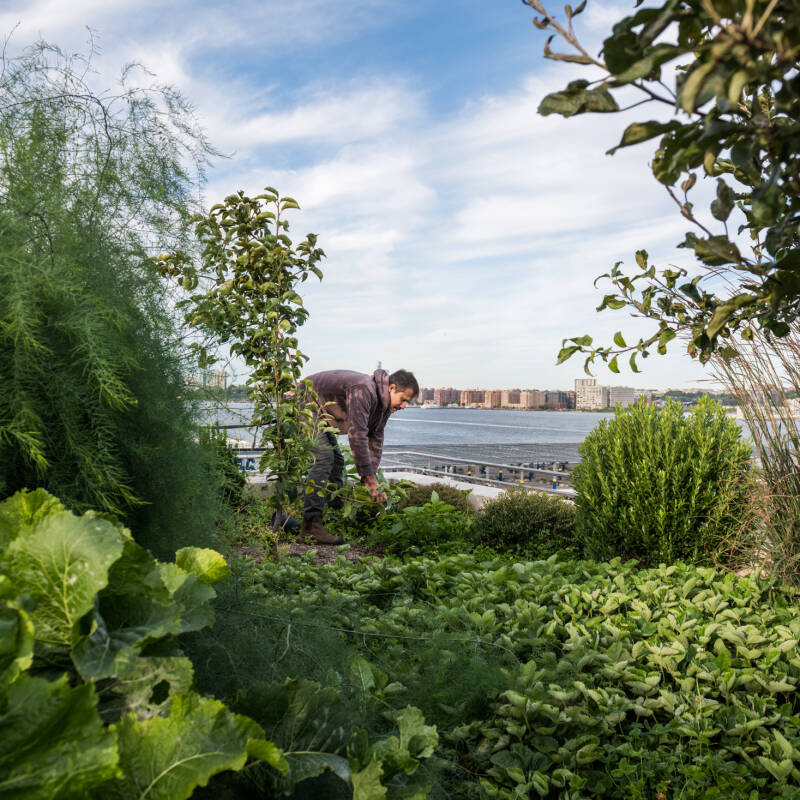Bringing plants into the home should be about adding a spot of green, filtering the air, and impressing your friends with your green thumb. Not chasing after tiny black fungus gnats.
The minuscule black bugs look an awful lot like fruit flies and they’re just as harmless, but no less of a nuisance. When I started to notice the tiny flies buzzing around the top of my rabbit foot fern last week, I decided it was time to take action. I tested five home remedies. Here are the results:
Is It OK To Reuse Potting Soil? Read on to find out.
Photographs by Erin Boyle.

As usual, I was after something that would work effectively, but wouldn’t cost a lot of money or bring noxious chemicals into my home.
(Have any of you had any luck with these remedies? Let us know in the comments below!)
1. Allow the soil to dry out completely between waterings. Fungus gnats breed in the rich, dark soil of houseplants, and they’re especially happy if that soil has been zealously over-watered. Take a step or two back from the watering can and make sure you’re not creating exactly the kind of moist environment these little bugs love.

2. Be ruthless–and repot infected plants. If you discover that one of your plants is very badly infected, it might be worth sacrificing that plant for the sake of your collection. Fungus gnats can spread from one plant to another fairly quickly, so take caution. If the infestation isn’t so bad, consider repotting the plant. Remove the plant from its pot and use your fingers or a small brush to gently remove as much soil as possible from around its roots. Give the roots a quick rinse and repot in a clean pot with fresh, uninfected potting soil.

3. Bury a garlic clove in the infected soil. File this one under “What Can’t Garlic Do?” and give it a shot. According to the new edition of The Old Farmer’s Almanac, burying a clove of garlic in the soil of an infected houseplant will eradicate pests. What happens when the garlic begins to grow? Give it a trim.

4. Make your own sticky traps. Cover a yellow (or other brightly colored) card with a thin layer of honey. Attach the card to a toothpick and place in the surface of the plant soil. After the card begins to host tiny black insects, dispose of it and start fresh.

5. Make an apple cider vinegar trap. Pour fresh apple cider vinegar into a jar or bowl with a wide rim. Cover the bowl in plastic wrap and poke a series of small holes in the top of the plastic wrap. The gnats will be attracted to the sweet smell of the vinegar and will find a way into the bowl–but won’t be able to find their way out.
More questions about houseplants and potting soil? We’ve pondered them. See Hide Potting Soil in Plain Sight and Is It OK To Reuse Potting Soil?









Have a Question or Comment About This Post?
Join the conversation